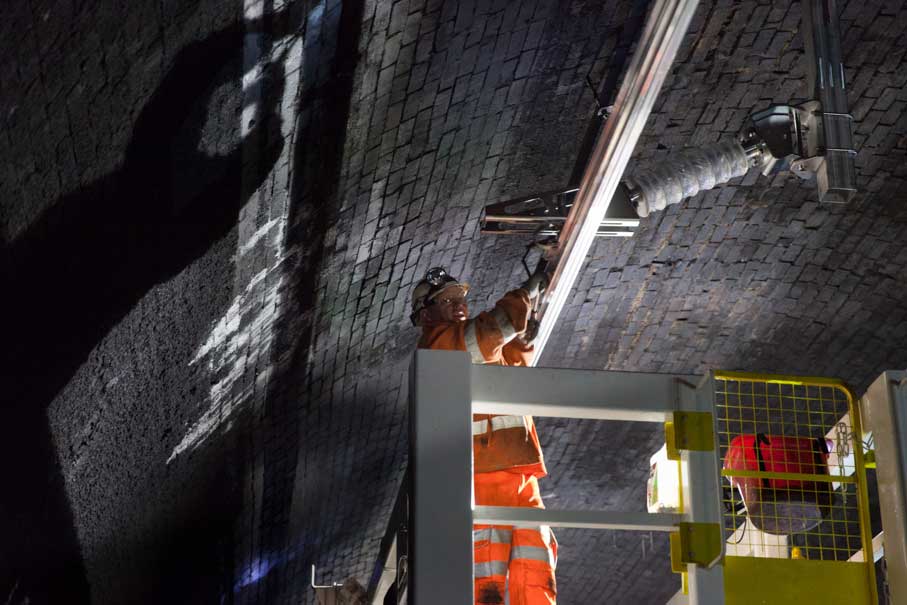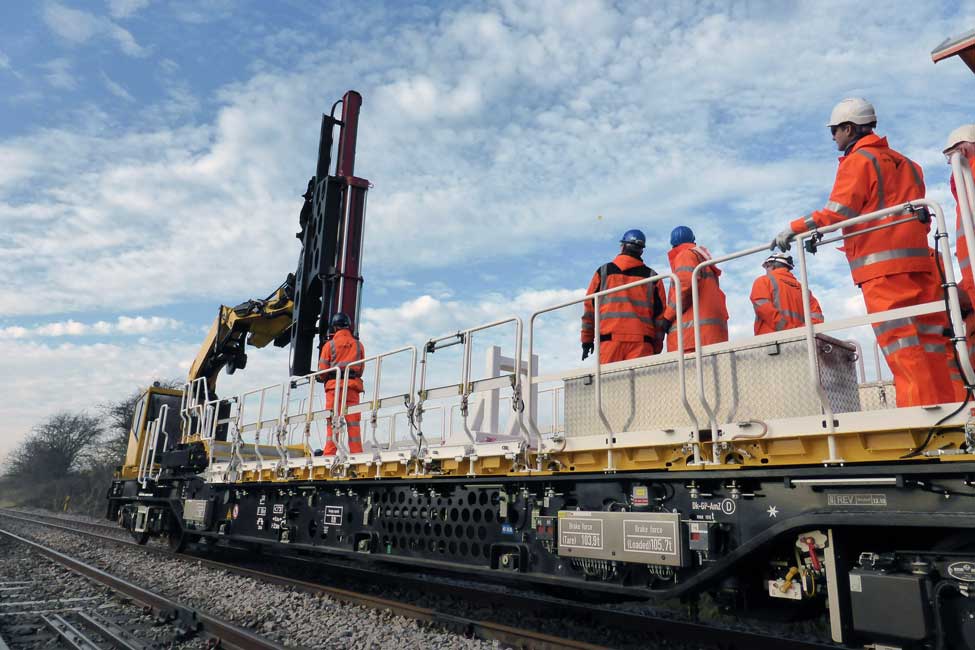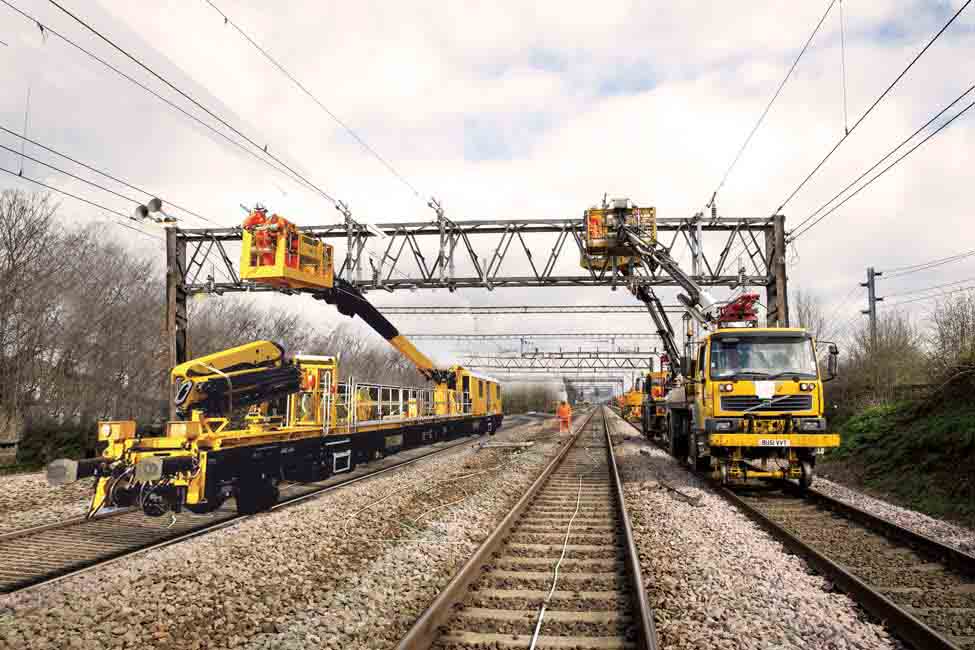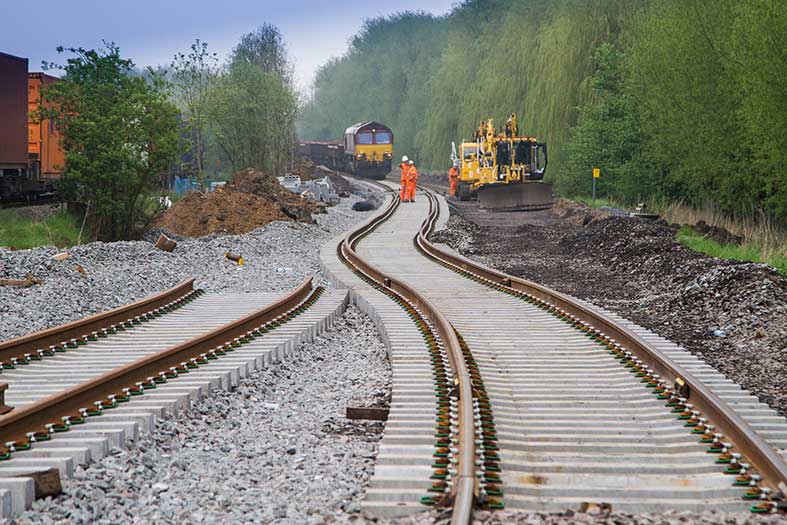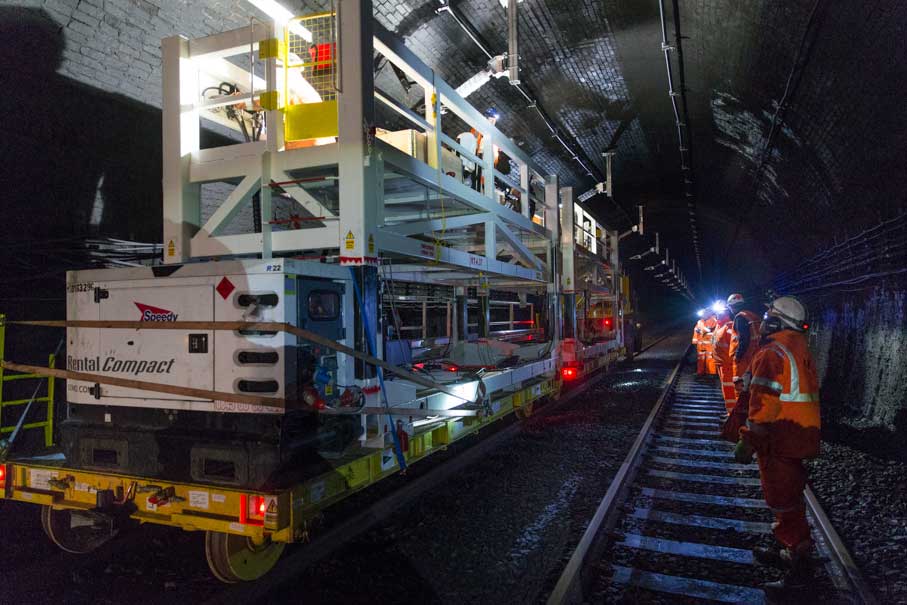Fast facts
- 247 miles of electrification—nearly as far as London to Paris (288 miles) and about the same as the whole London Underground network (250 miles)
- 609 total equivalent track miles
- 179 bridges
- 17 tunnels
- 33 affected stations
- 21,000 tons of steel—equivalent to two Eiffel Towers
- Over 53,000 electrification components in total
Connecting people
The Great Western route links a number of important towns and cities – from London to Oxford, Bristol, Exeter and Swansea.
The route includes three of the five most overcrowded services in the UK, operating at around 160 percent of capacity. Network Rail forecasts major growth, particularly around London Paddington and Bristol, where passenger numbers are predicted to increase by 51 percent and 41 percent respectively, in 10 years. Demand for freight is also predicted to rise by 20 percent nationally.
Going electric
- Electric trains cause 20-35% lower carbon emissions
- Electric trains have more seats than diesel trains of the same length
- Journey times can be shortened due to the superior performance of electric traction
- Electric trains are lighter and cause less wear to the track
Looking after passengers
Completing engineering work safely, on time, without causing unnecessary delays to the travelling public are our priorities. In fact, all of our 52 rail commissions have been handed back on time with no impact on passenger or freight services.
In winter 2015, the biggest ever single program of Network Rail works was successfully delivered, with all the railways handed back to train operating companies on time.


